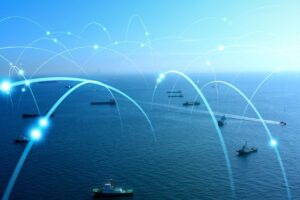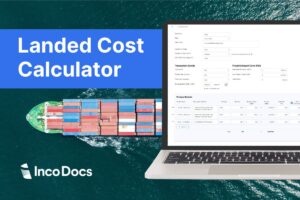The West’s Answer to China’s Belt Road Comes to a Halt With Hamas-Israel Conflict
In the ever-evolving landscape of global trade, new corridors emerge, promising to reshape the dynamics of international commerce. One such ambitious venture is the India-Middle East-Europe Economic Corridor (IMEC). Recently championed at the G20 summit in New Delhi, the IMEC is viewed as the West’s answer to China’s Belt and Road initiative. With the potential to revolutionize trade routes involving railways, ports, and green energy, the IMEC has garnered significant attention and support from world leaders. See video of IMEC details here.
U.S. President Joe Biden, European Commission President Ursula von der Leyen, and Indian Prime Minister Narendra Modi have all lauded the IMEC’s potential. Their collective vision paints a picture of a corridor that could potentially reduce shipping times by a staggering 40%. This is not just a theoretical projection; trade statistics underscore the IMEC’s promise. For instance, India’s trade relationship with Saudi Arabia has flourished, more than doubling in just two years to an impressive $53 billion in 2023.

However, the path to realizing the IMEC’s full potential is fraught with challenges. Central to the IMEC’s success is the establishment of a reliable trade link between Saudi Arabia and Israel. This weeks conflict with Hamas attacking Israel has all but put the development within the region on pause. The geopolitical tensions make it increasingly complex for key players, like Saudi Crown Prince Mohammed bin Salman, to forge diplomatic ties with Israel.
In these turbulent times, traditional trade routes like the Suez Canal remain vital. Yet, the vision of the IMEC, a corridor bridging India, the Middle East, and Europe, remains a beacon of hope for the future of global trade.








